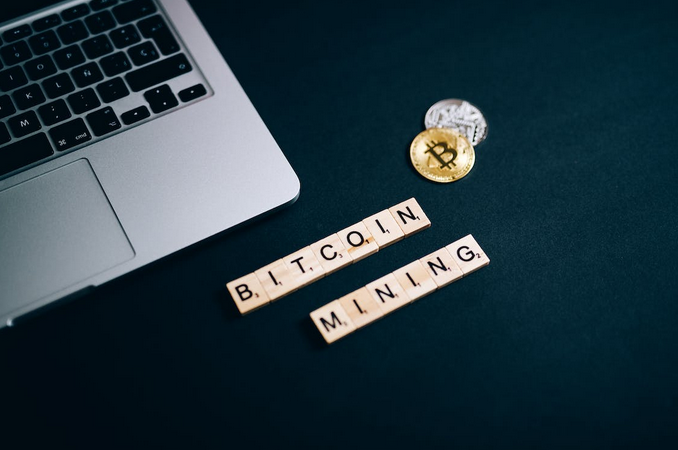As a modern investor, staying up-to-date with the latest crypto trends is not just beneficial, it’s a must. Whether you’re already knee-deep in digital assets or dipping your toes into this decentralized realm for the first time, this guide will navigate you through some of the most captivating developments and crypto trends shaping the future of finance.
From NFTs to DeFi, sustainability to central bank digital currencies (CBDCs), fasten your seatbelts as we embark on an exhilarating journey into the ever-changing landscape of cryptocurrencies. So, let’s dive in and explore these cutting-edge trends that are revolutionizing how we invest and transact in today’s digital age.
NFTs and the Digital Ownership Renaissance
In the age of digital everything, a new concept is taking the art and collectibles world by storm: Non-Fungible Tokens, or NFTs. These unique digital assets are revolutionizing how we perceive ownership in the virtual realm. With NFTs, artists can tokenize their creations – be it artwork, music, videos, or even virtual real estate – granting them irrefutable proof of authenticity and ownership.
One of the most remarkable aspects of NFTs is their ability to empower creators like never before. By leveraging blockchain technology, artists can now directly sell their work to collectors without intermediaries. This not only removes barriers for emerging talents but also opens up exciting possibilities for established artists seeking new revenue streams.
But why would someone pay millions for a digital artwork that can easily be copied? It’s all about owning something truly unique and scarce in this vast sea of infinite reproducibility. Owning an NFT means having exclusive access to a piece of art that cannot be duplicated or forged – making it truly one-of-a-kind.
DeFi and the Democratization of Financial Services
DeFi, or decentralized finance, has been making waves in the world of cryptocurrencies and blockchain technology. It is revolutionizing the way financial services are accessed and utilized by individuals all around the globe. In traditional centralized systems, access to financial products and services is often limited to a select few who meet certain criteria or have significant amounts of capital. However, with DeFi, anyone with an internet connection can participate in various financial activities without needing permission from intermediaries or gatekeepers.
Through DeFi platforms, users can lend and borrow funds directly from each other without relying on traditional banks or lending institutions. This opens up a whole lot of opportunities for those who may not have had access to credit before due to strict eligibility requirements set by traditional lenders.
Sustainability in Crypto

One major concern surrounding cryptocurrencies like Bitcoin is their energy consumption. The mining process for these digital assets requires substantial computing power, which translates into high electricity usage. As a result, critics argue that this energy consumption contributes to carbon emissions and exacerbates climate change. However, note that not all crypto coins are typically the same in pursuit of better sustainability. Some newer blockchain networks utilize alternative consensus mechanisms that require significantly less energy than traditional proof-of-work systems.
Additionally, efforts are being made towards developing greener alternatives for crypto mining. Renewable energy sources, ranging from solar to wind power, can be harnessed to fuel the computational needs of blockchain networks, reducing their carbon footprint.
CBDCs and the Shift in Digital Currencies
With the emergence of cryptocurrencies like Bitcoin and Ethereum, CBDCs have become a hot topic among economists and finance experts. These digital currencies issued by central banks provide a secure and efficient alternative option for traditional fiat currencies. Thanks to their potential to eliminate intermediaries in financial transactions, these digital currencies allow for peer-to-peer transfers without the need for banks or payment processors. This shift towards decentralization could potentially increase financial inclusivity and reduce costs associated with traditional banking systems.
Furthermore, CBDCs hold promise in terms of regulatory oversight. Unlike cryptocurrencies that operate outside existing financial frameworks, CBDCs can be closely monitored by central banks. This provides governments with greater control over monetary policy while ensuring compliance with anti-money laundering (AML) and know-your-customer (KYC) regulations.


